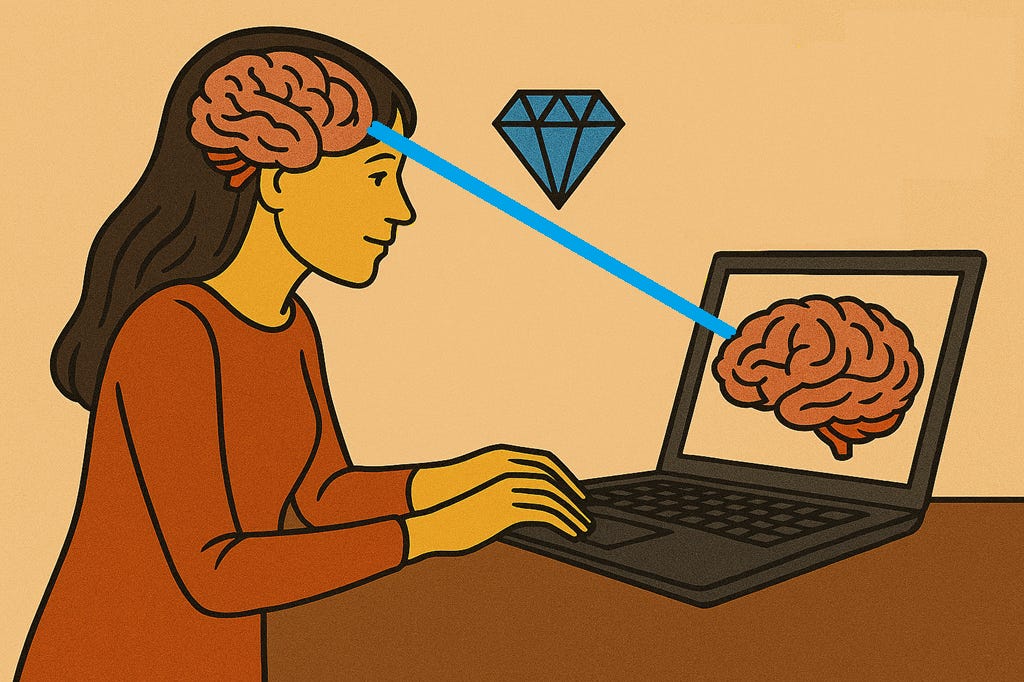External Brain
Two heads are better than one
Your brain is amazing. Its knowledge store is vast. Its fetching of that knowledge at a moment’s notice is crazy. It makes fascinating connections. And then there is the creative genius that comes out of it. We don’t know how most if it actually works, but thankfully that’s not a prerequisite to being able to use it.
Most times when I hear Paul McCartney’s “Listen to What the Man Said”, I am vividly returned to an 11-year-old me and a 10-year-old friend Todd sitting on the side of a concrete culvert after he fell into the creek that feeds Lake Surrey, with his shirt laying on the hot concrete to try to dry it before returning home so we don’t get in trouble. And every time I hear Enigma’s “Return to Innocence”, it’s 1994 and Charu and I are sitting on my couch in the house I had just bought, caught up in an hours-long conversation about religion, family, etc. while various CDs were playing in the background … what later became termed our first date.
If my brain can readily summon all of this, why couldn’t it reliably and easily recall the 50 dates that were part of the US History course that I had taken and needed to leverage for my final exam? In the infomercial era of the late 80s and early 90s, Kevin Trudeau showed up on the scene with Mega Memory1, and demonstrated over the course of his late night 30-minute television slot how his approach to proper memory storage led to the ability to recall random facts on demand. If I had three easy payments of $19.95, I may have even found out how he did it, with the help of his eight cassette tapes and accompanying workbooks. But as a starving student, this didn’t clear the bar for purchases at the time. And it also felt like more of a gimmick.
Ten years later, I discovered that I didn’t need to worry about recall anymore when Microsoft released its new OneNote product. OneNote notebooks became my dumping ground for everything that I described as, “I don’t know where to put this, but I’m sure I’ll need to remember it at some point.” It didn’t matter where I put it, as long as it was somewhere in any of my various OneNote notebooks, it was one search away. OneNote had all kinds of wonderful features to help with structure and organization. But the only two features that mattered to me were text input to type stuff in and search to find what I had typed before. Even in this most rudimentary usage, it still became one of my most valued tools.
Another ten years later, I found David Allen’s “Getting Things Done”2 (GTD). For one easier payment of $18, I got a paperback book full of gems that became the 2nd book in my “productivity trilogy” ( 1 - “Seven Habits of Highly Effective People”3, 2 - GTD, 3 - “Atomic Habits”4). Of the many varied gems in this book, the best is David’s concept of the External Brain. Use a tool that can capture more of the important details and be readily and reliably recalled, instead of depending on your brain to keep all this stuff straight. When you do this, your free your brain up to do what it does best.
Keep reading with a 7-day free trial
Subscribe to Uplevel Pro to keep reading this post and get 7 days of free access to the full post archives.



